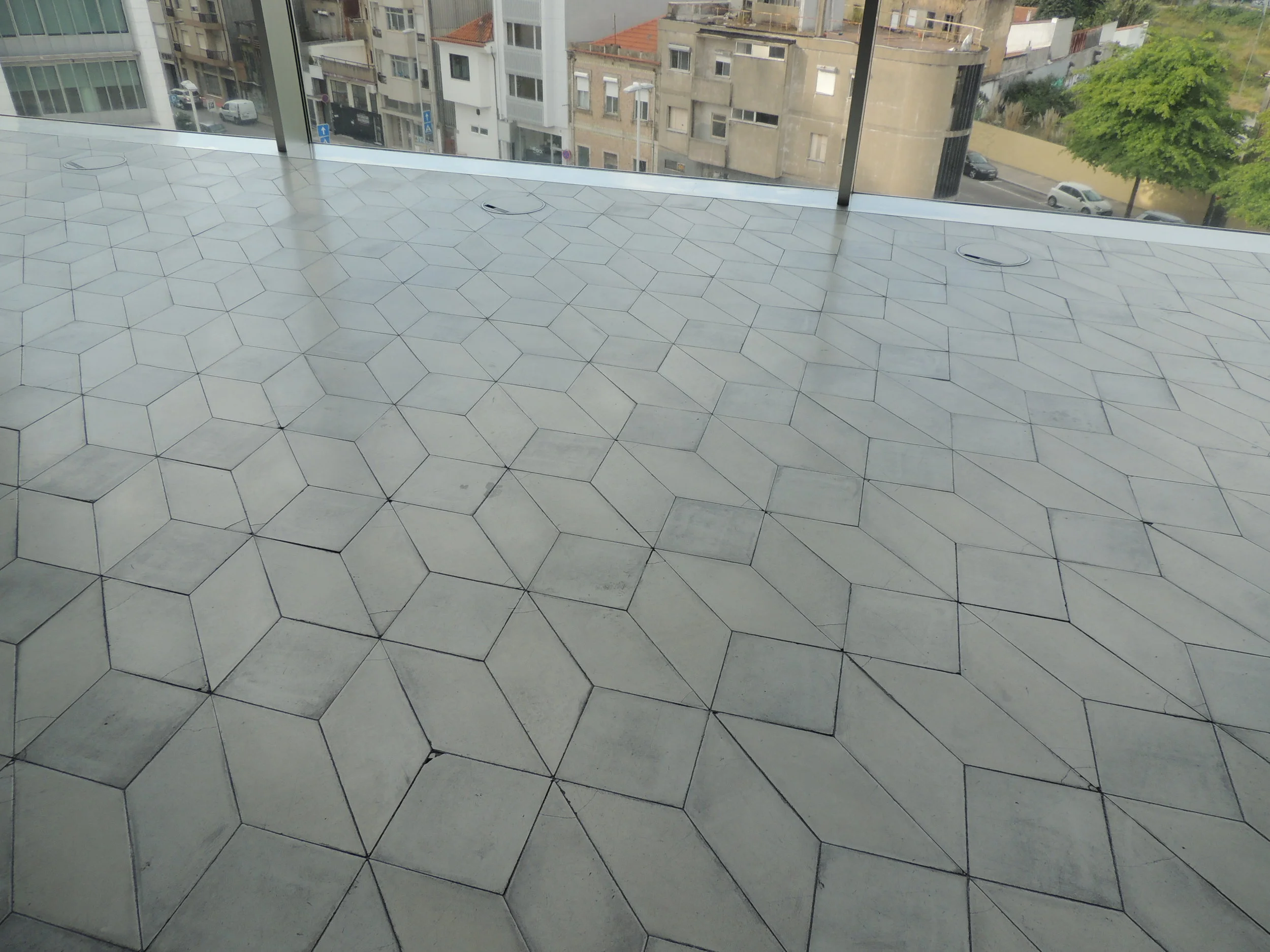The Life-Changing Magic of Making Do
/I wish there were an emoji for an emphatic nod and sigh, a guttural YES! that would convey my enthusiasm for Benjamin Leszcz’ recent opinion piece in the Globe and Mail. The Life-changing Magic of Making Do reminds us that “the stuff of life isn’t stuff at all,” and that our perennial compulsion to throw out the old and replace it with the new is a construct worthy of careful reexamination. Nothing groundbreaking here, but it’s just so on point about the implications of our insatiable appetite for stuff, from its drastic ecological impacts to increased rates of unhappiness and social isolation.
I love that Leszcz encourages us to let go of our compulsion to use stuff as a means to solve our problems and display our success—both to ourselves and others. He argues that we ought to be more materialistic and not less; our stuff should matter enough to us that we are driven through the inconvenience of repair and retrofit to expect a full lifetime from our things. Maybe it does make more sense to splurge on the cashmere sweater (only when you really need it of course) from the shop downtown instead of the acrylic bargain from H&M at the mall—and then feel compelled to repair the moth hole several years from now because it’s still a beloved, quality, high-value item.
“By becoming more materialistic, in this deeper sense, we can radically reorient our relationship with things. In this way, we can not only mitigate the high cost of thoughtless consumption, saving us money and the planet harm, but also, we might just wind up a whole lot happier.” Lofty, yes, but the article got me thinking (again) about how to more tactfully incorporate this line of conversation into client dialogue about project goals without seeming condescending or preachy. I have a profound interest in and passion for reducing consumption in my projects and on the homefront. I love the challenge of reusing and repurposing, and achieving more with less.
But it’s also true that I’m an architect and a designer, and my compulsion to optimize the spaces I work in often feels at odds with my profound concerns about my own impact on this planet. Figuring out where to curtail project scope not just because the budget necessitates it, but because we’re mindful of material waste and excess can be a buzzkill. Who wants to think about keeping the old ho-hum bathroom vanity when you’re spending $30/SF on the fabulous tile underneath it? Could we reuse it in the upstairs bath with the leaky faucet instead of buying a new one? Inquiries like this one are part of my design value system. And asking those questions, in a curious and collaborative way, feels like a new process to navigate each time I start a project with new clients. Together, we seek out a happy medium between delight, reason and responsibility.

